Paris Brings the Beach to the Banks of the Seine
During the summer months, the French capital usually empties out, but the city is hoping to reverse the trend with these urban oases
Paris: the city of lights, literary geniuses, amazing museums and....white sand beaches? It might seem bizarre, but for a month each summer, the banks of Paris' Seine transform into lush beach oases, attracting millions of locals and tourists alike.
Traditionally, August is a rough month for Parisians, or those looking to visit the city: with temperatures rising, many businesses shut down, some for the entire month, as locals seek respite on France's coasts—turning the city into a ghost town for tourists. In the hopes of bringing people back to Paris for the summer—and providing relief for those still in the city—Bertrand Delanoe, Paris' mayor in 2002, decided to truck sand and palm trees into the city, setting up a single beach on Paris' Right Bank. At first, the project was criticized as costly and frivolous, but like the Eiffel Tower, some local discontent wasn't enough to end the project. In 2006, Paris added a second beach, on the river's Left Bank, and changed the name of the event from "Paris Plage" (Paris' Beach) to "Paris Plages" (Paris' Beaches). This year, there are three beaches: the beach on the Right Bank, stretching from the Louvre to the Pont de Sully, a second on a stretch of riverbank near the Port de la Gare metro station and a third near the Bassin de la Villette canal, in the city's 19th arrondissement. To construct the beaches, the city trucks in 5,000 tons of sand and nearly 100 palm trees—an endeavor that costs the city upwards of 2 million Euros (nearly $2.7 million). This year, the beaches will be open to the public from 9:00 a.m. to midnight through August 17.
Now in its 13th year, Paris Plages has become a summer fixture in the city of lights, transforming Paris' grey riverside walk into a vibrant beach oasis, complete with palm trees (nearly 100 of them), ice cream vendors and (free) lounge chairs. Swimming in the Seine is prohibited, but visitors can still get their feet wet with some water activities: kayaks are available, for no charge, at the beach near the Bassin de la Villette, and the other beaches offer mini-pools and fountains to help cool off the sun-seeking masses. For those looking for a more hands-on experience, the city sponsors sand castle classes every afternoon—it's only for visitors between the ages of 6 to 10, but the 45-minute master class is a good start for youngsters looking to become the next Rodin of the sand.
In addition to the beaches, the Louvre has created a tandem gallery next to the Seine. A meditation on the idea of "beach-goers," the museum transformed the tunnel in the Tuileries garden into an art gallery, showcasing reproductions of artwork with a beach and bathing theme. Works include "La Baigneuse Valpinçon" by Jean-Auguste-Dominique and "La Vénus marine" by Théodore Chassériau. For those looking to indulge in Paris' literary history while lounging beach side, Flammarion, the fourth largest publishing house in France, offers a pop-up library with around 300 books available on loan. The books cover all tastes and age-groups, from graphic novels to classic literature, but they're all in French, so those less-than-fluent in the language of love will need to bring their own beachside read—or settle for the most French of all pastimes, people watching.
/https://tf-cmsv2-smithsonianmag-media.s3.amazonaws.com/accounts/headshot/natasha-geiling-240.jpg)
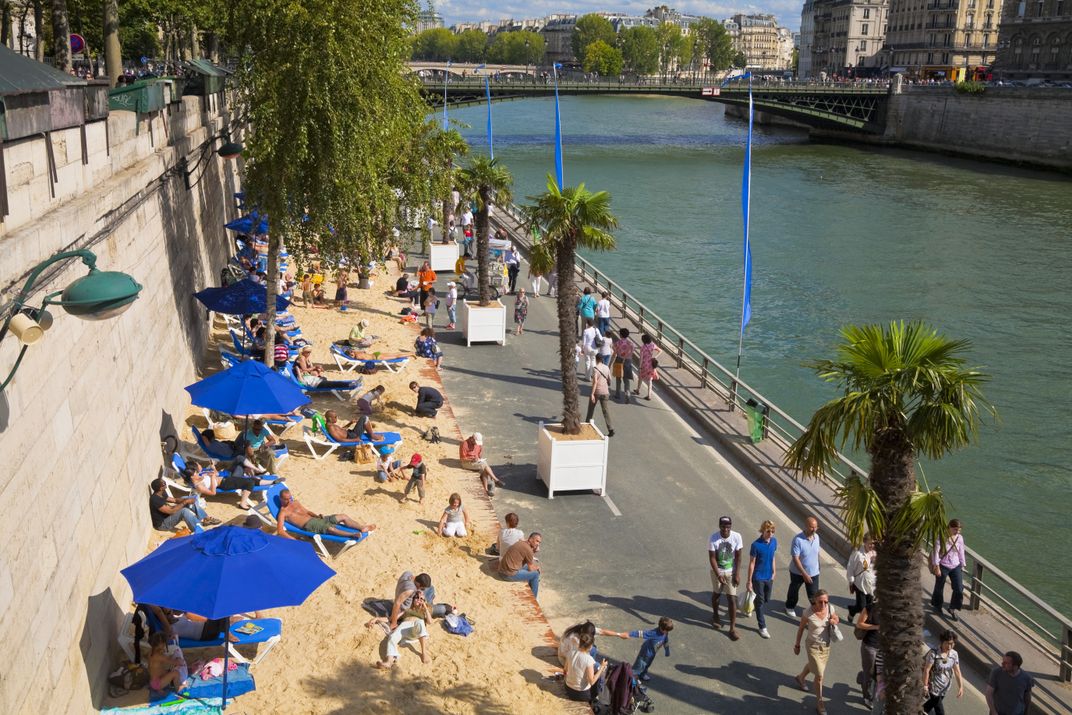
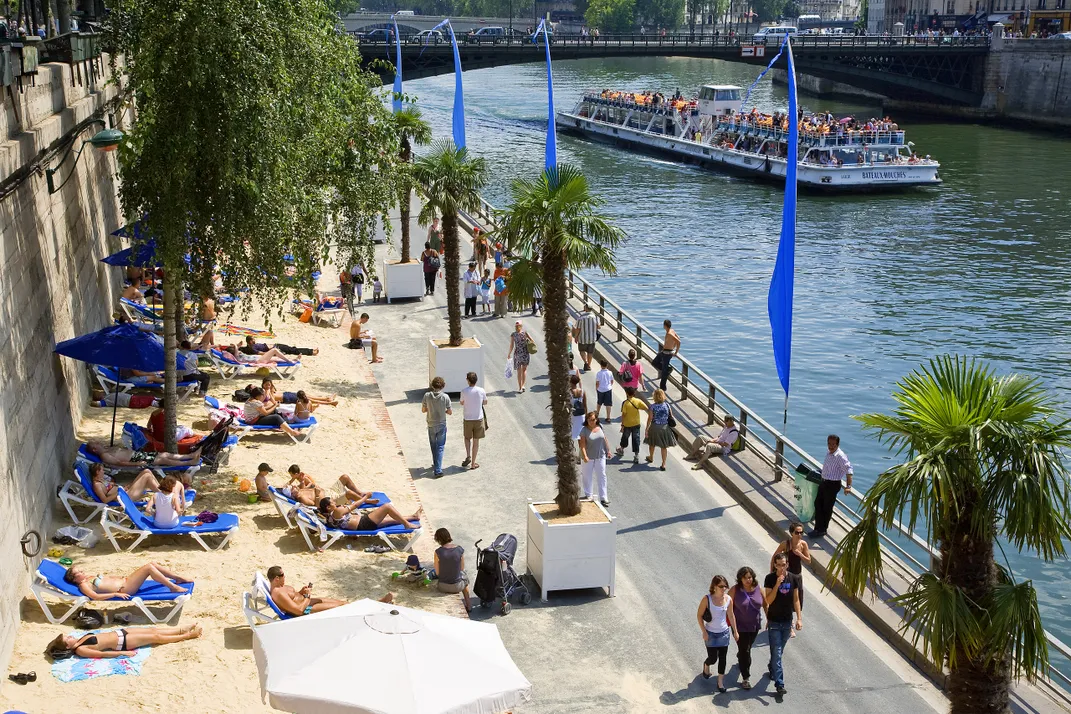
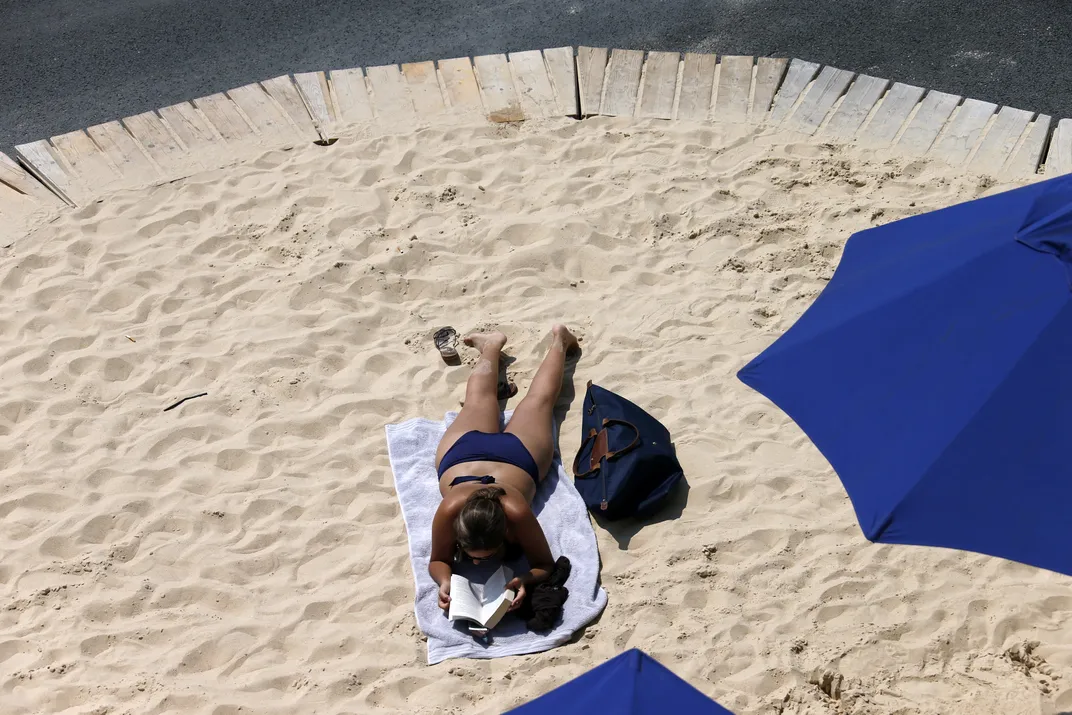
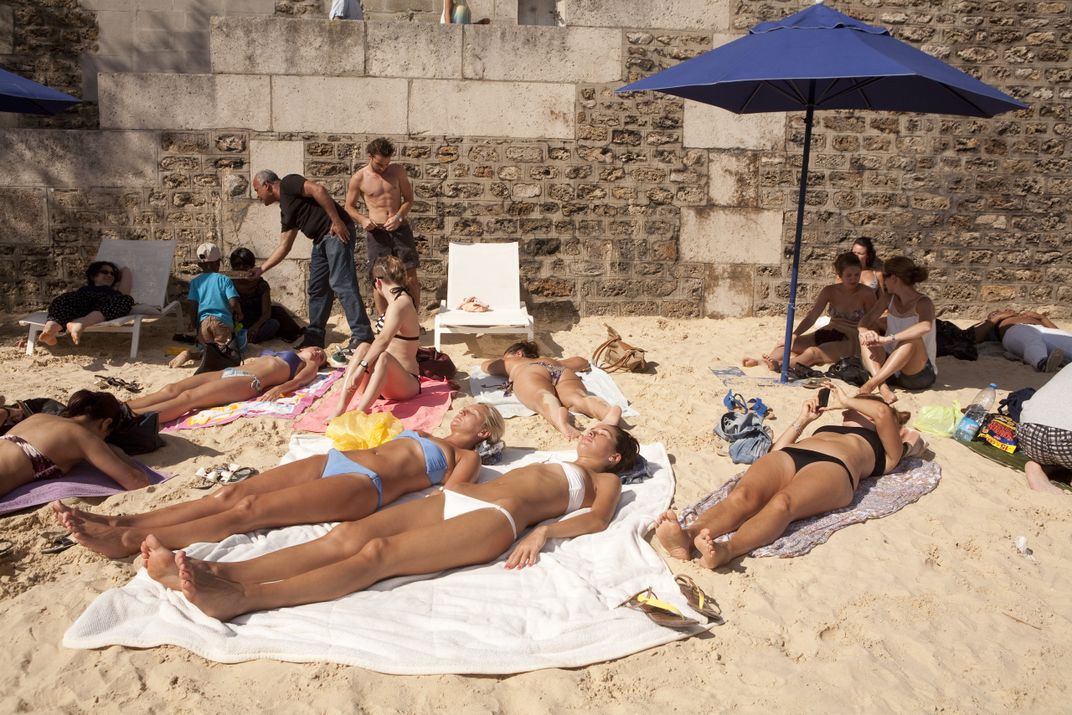
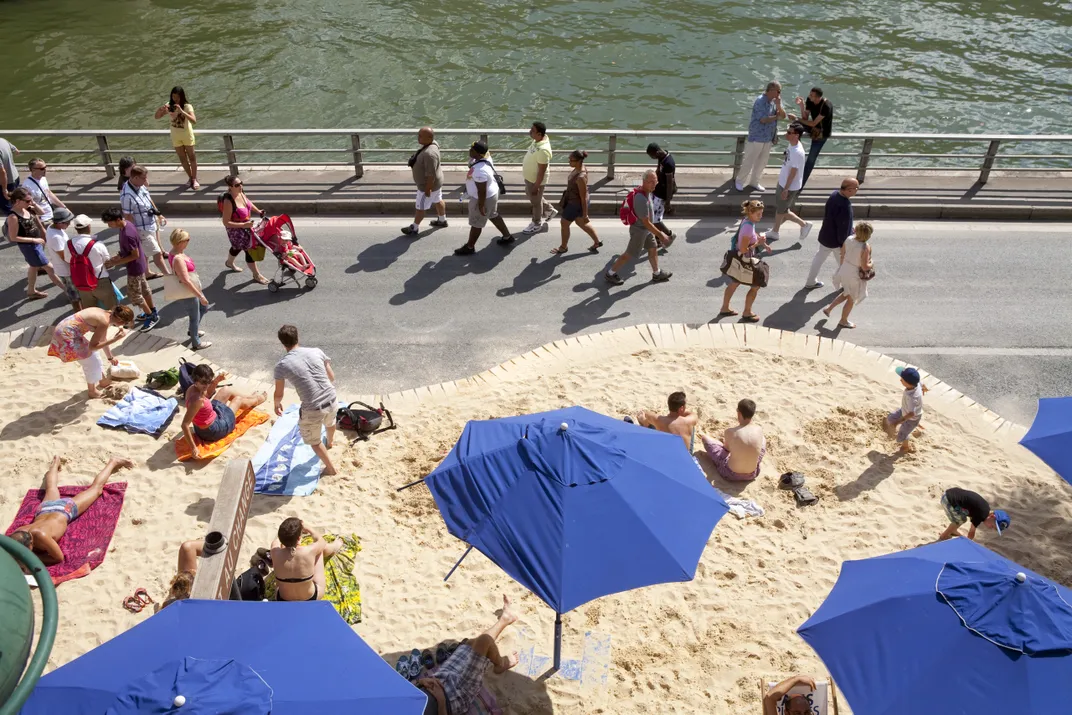
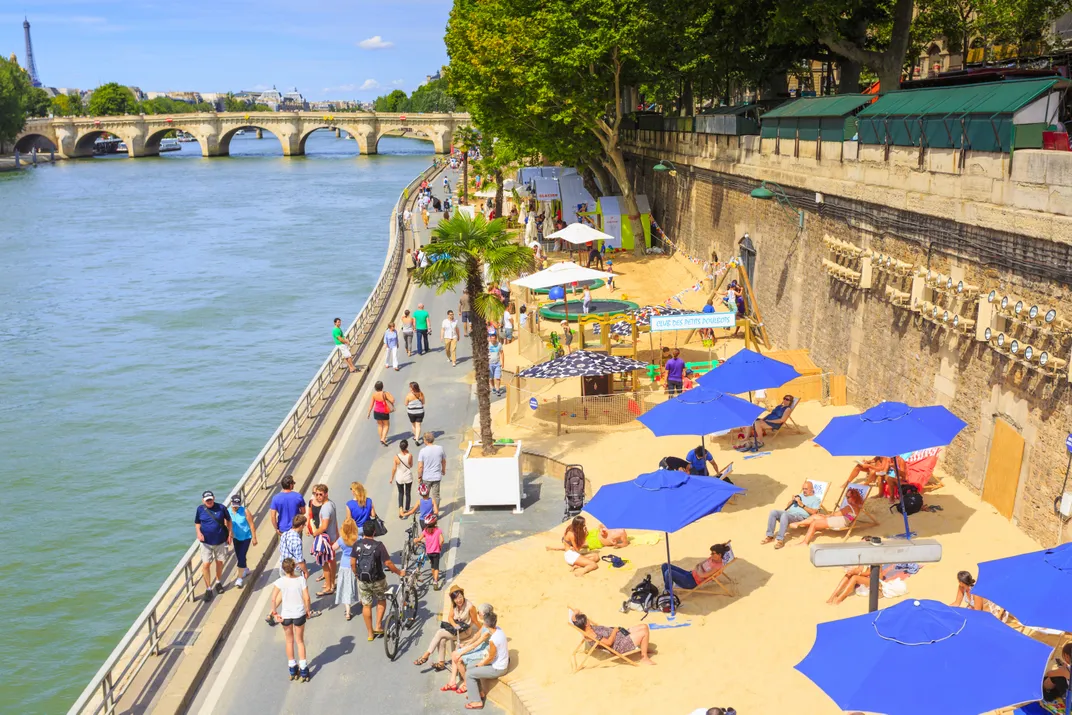
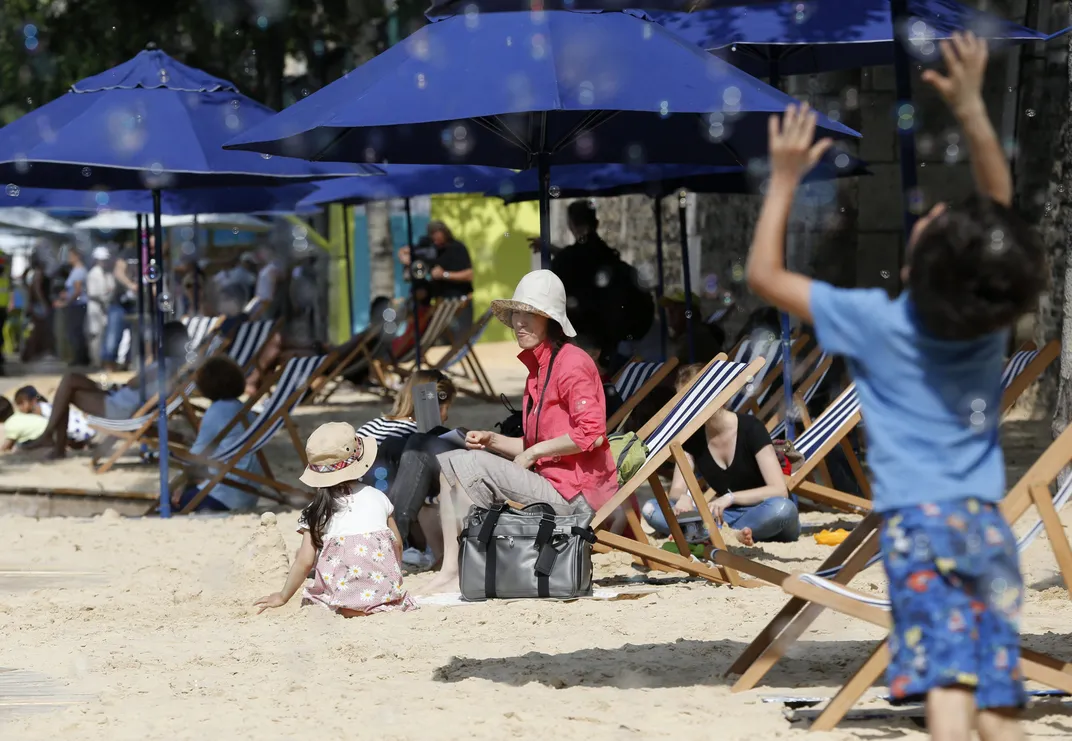
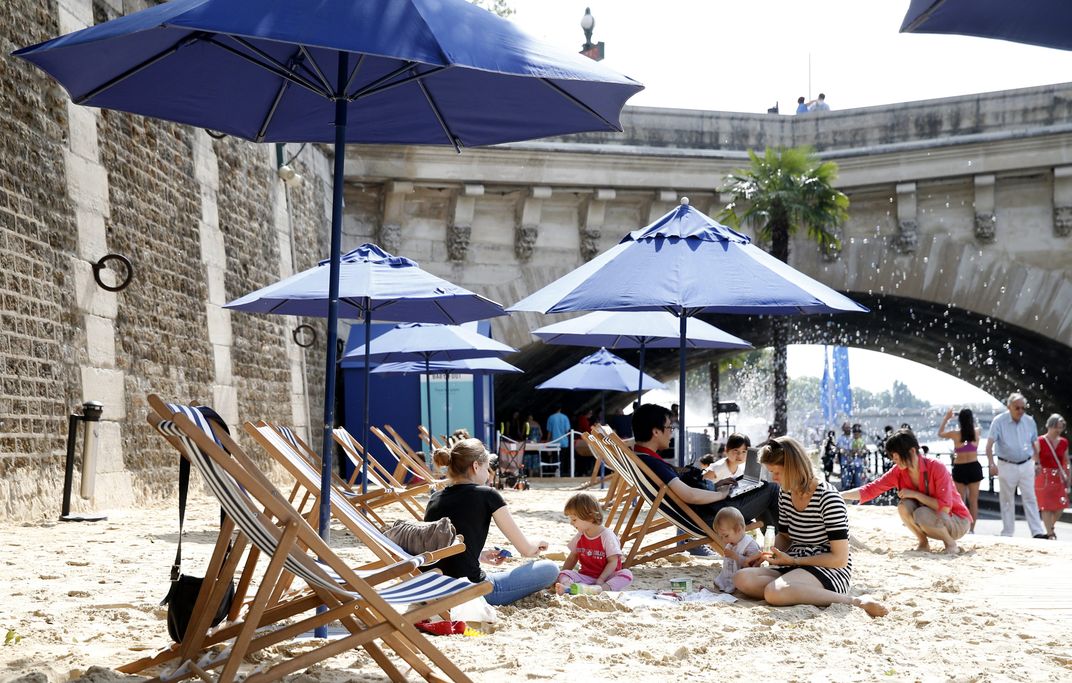
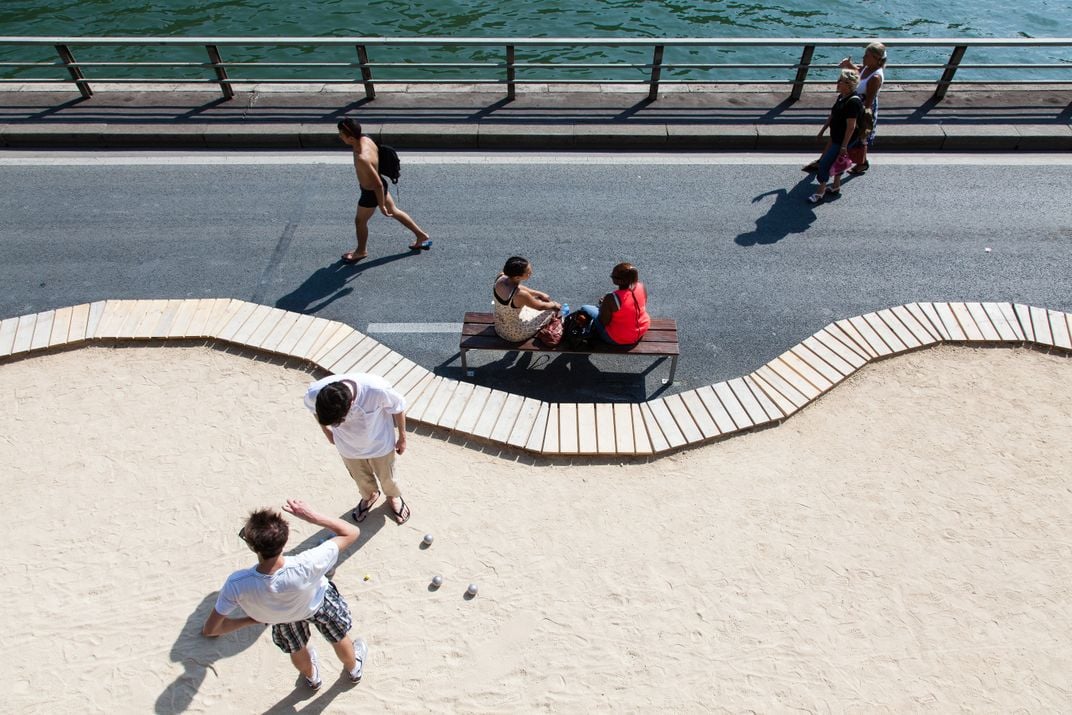
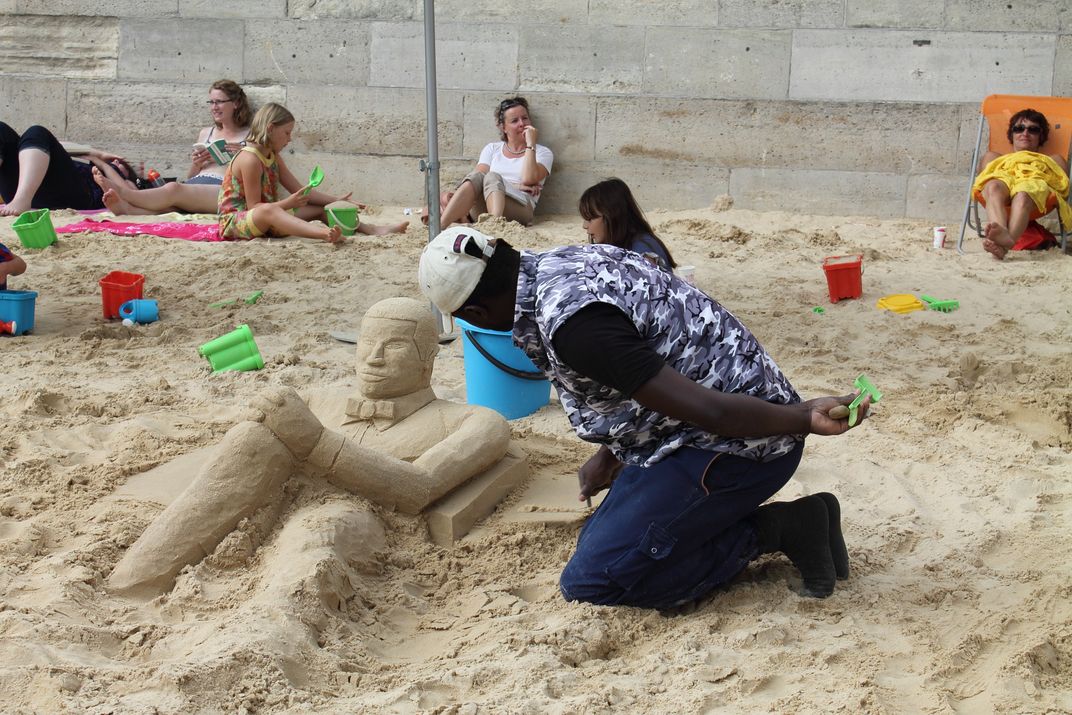
/https://tf-cmsv2-smithsonianmag-media.s3.amazonaws.com/accounts/headshot/natasha-geiling-240.jpg)